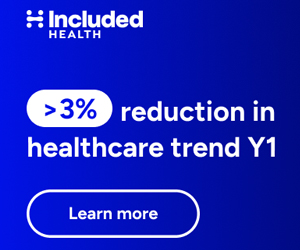 The Wall Street Journal broke the news Thursday night that a “pricing glitch” is plaguing the federal health insurance exchange software … with less than two weeks to go before the exchanges are supposed to launch.
The Wall Street Journal broke the news Thursday night that a “pricing glitch” is plaguing the federal health insurance exchange software … with less than two weeks to go before the exchanges are supposed to launch.
Basically, the exchange’s calculator can’t do a pretty important piece of math: How much each consumer will need to pay for his or her specific coverage.
Glitches had been somewhat expected—there had been rumblings of technical problems, despite officials’ public vows of confidence—but it doesn’t make the Journal‘s scoop less of a story. Opponents of Obamacare will use any delay to raise fresh concerns about the law’s implementation, and even the most ardent supporters of the ACA acknowledge that having working software is crucial to a working rollout on Oct. 1.
And what happens to enrollment targets if the glitches aren’t quickly resolved and would-be customers get frustrated and turn away?
There are several potential interpretations and implications here, given that this story is bound up in both politics and policy. From my perch, I’d offer these five quick reactions to the Journal‘s scoop.
1. This news is not a surprise.
When reporting on the ACA’s rollout, especially since the Supreme Court’s ruling last June, officials and analysts kept raising the same question with me: Will the exchanges be ready in time?
- Keep in mind, the exchanges are intended to combine an unprecedented mix of eligibility verification systems, subsidy calculations, and thousands of insurance products.
- Add an additional factor—the pace of ACA implementation lagged between 2010 and 2012 because of the ongoing uncertainty over whether the law was even constitutional—and the level of complexity involved in getting the exchanges off the ground really is astounding.
There have been hints that these systems might not be ready. Federal officials announced over the summer that they would scale back the exchanges’ verification requirements until 2015. And the contractors charged with designing the systems might as well be working on the Siberian insurance exchange, given how they’ve ignored media requests.
2. The federal exchange isn’t the only one with glitchy software. State exchanges are having problems, too.
Oregon has already announced that it plans to delay the formal roll-out of Cover Oregon to continue beta-testing, and California (a state that has moved exceptionally quickly to implement health reform) was weighing contingency plans for Covered California, too.
As Caroline Pearson of Avalere Health told me a few weeks ago, “if California’s talking about contingency planning, then we need to acknowledge that any number of state-run exchanges may not be fully operational by Oct. 1.”
However, the federal exchange software takes on extra importance given the sheer number of states (36) and potential customers (32 million uninsured) that will be shopping through its exchange.
- Get primed. This Daily Briefing primer offers a quick review of exchange operations.
- Go deep. This Health Care Advisory Board webconference reviews challenges in patient enrollment; how the exchanges interact with Medicaid and employer-sponsored insurance, and implications for hospitals and health systems.













